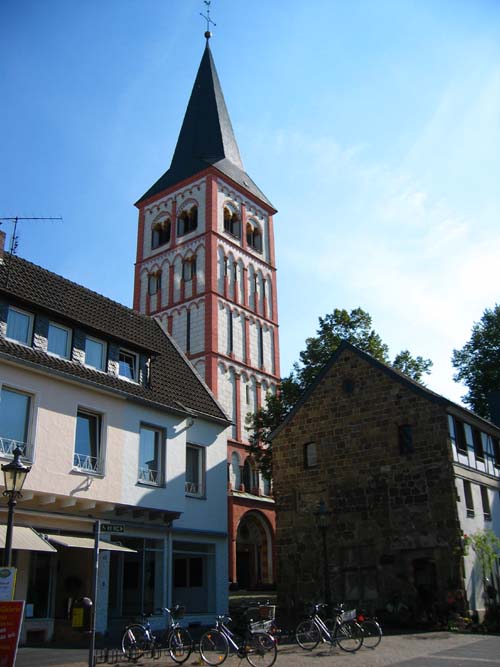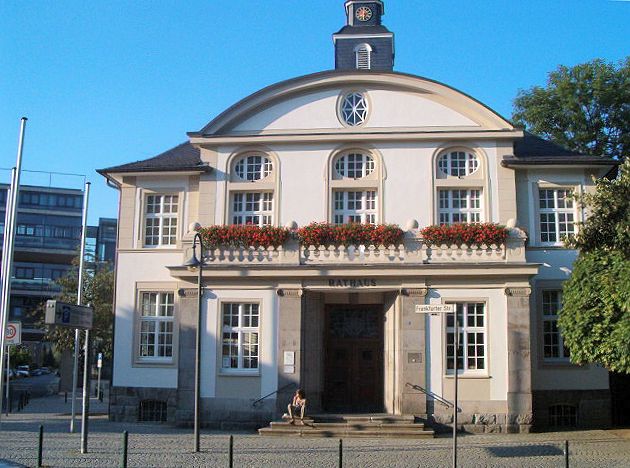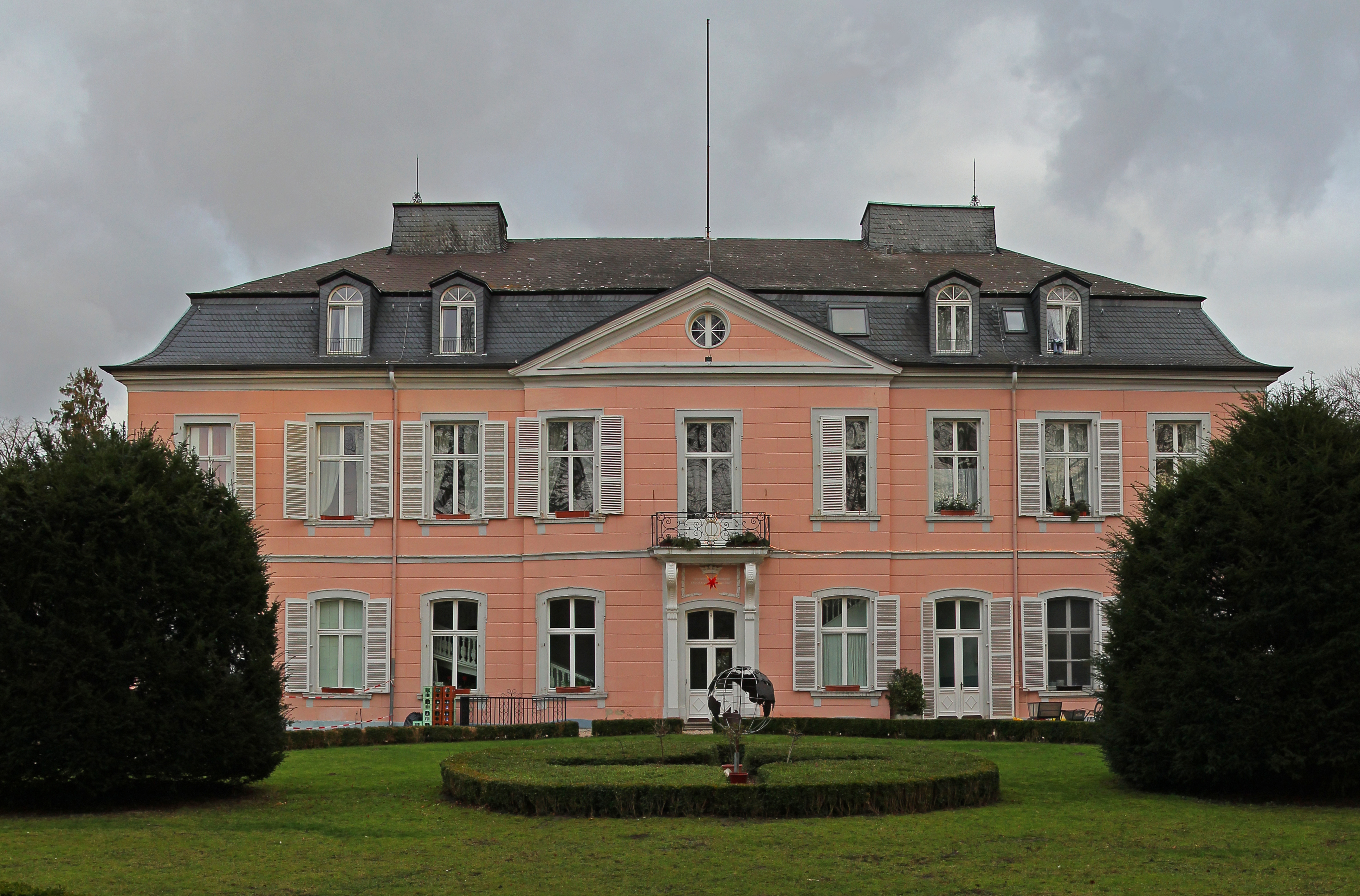|
Rhein-Sieg
The Rhein-Sieg-Kreis () is a ''Kreis'' (district) in the south of North Rhine-Westphalia, Germany. Neighboring districts are Rheinisch-Bergischer Kreis, Oberbergischer Kreis, Altenkirchen (district), Altenkirchen, Neuwied (district), Neuwied, Ahrweiler (district), Ahrweiler, Euskirchen (district), Euskirchen, Rhein-Erft-Kreis, the List of German urban districts, urban district of Cologne. The federal city of Bonn is nearly completely surrounded by the district. History The district as known today was created in 1969, during the reorganization of the districts in North Rhine-Westphalia, by merging Sieg District with the District of Bonn (from which Bonn itself was separated in 1887 to become an urban district). Sieg District was created in 1825. Geography Geographically Rhein-Sieg District covers the valley of the river Sieg (river), Sieg and also, since the merger with the District of Bonn, that of the Rhine around Bonn, as well an area in the most easterly part of the Eifel. ... [...More Info...] [...Related Items...] OR: [Wikipedia] [Google] [Baidu] |
Meckenheim
Meckenheim (; ) is a town in the Rhein-Sieg district, in North Rhine-Westphalia, Germany. Geography Geographical situation Meckenheim is situated approximately 15 km south-west of Bonn and separated from the German former capital (1949–1990) and seat of government (1949–1999) by the Kottenforst forest in the southernmost part of the Cologne Lowland. The highest point in the municipality is at 386.1 m above sea level near the village of Ersdorf at the beginning of the Eifel (also known as the Voreifel) while its lowest point is where the Swist leaves the municipal area to the northwest at 159.5 m above sea level. The North Rhine-Westphalian town borders (clockwise) on Alfter, Bonn, Wachtberg, Grafschaft and Rheinbach, whereby Alfter, Wachtberg and Rheinbach, like Meckenheim itself, belong to the Rhein-Sieg district; Grafschaft is in the district of Ahrweiler, which already belongs to Rhineland-Palatinate. The total area of the city is 34.8 km², with a maxim ... [...More Info...] [...Related Items...] OR: [Wikipedia] [Google] [Baidu] |
Siegburg
Siegburg (; i.e. ''fort on the Sieg (river), Sieg river''; Ripuarian language, Ripuarian: ''Sieburch'') is a city in the district of Rhein-Sieg-Kreis in North Rhine-Westphalia, Germany. It is located on the banks of the rivers Sieg (river), Sieg and Agger (river), Agger, from the former seat of West German government Bonn and from Cologne. The population of the city was 39,192 in the 2013 census. Geography Siegburg is located approximately east of the river Rhine, at the confluence where the Agger (river), Agger joins the Sieg (river), Sieg, in the southeast corner of the Cologne Lowland. Neighbouring towns include Troisdorf, Lohmar, Sankt Augustin and Hennef (Sieg), Hennef. The nearby cities of Cologne and Bonn are easily accessible through good transport links. The highest point of the urban area is above sea level (Normalhöhennull, NHN) in the Braschoß area and the lowest point is just under above sea level at the mouth of the Agger (river), Agger. History Archbishop ... [...More Info...] [...Related Items...] OR: [Wikipedia] [Google] [Baidu] |
Sankt Augustin
Sankt Augustin (; Ripuarian: ''Sank Aujustin'') is a town in the Rhein-Sieg district in North Rhine-Westphalia, Germany. It is named after the patron saint of the Steyler missionaries, Saint Augustine of Hippo (354-430). The missionaries established the "Saint Augustine Monastery" near the current town centre in 1913. The municipality of Sankt Augustin was established in 1969, and on September 6, 1977, Sankt Augustin acquired town privileges ( German: ''Stadtrechte''). Sankt Augustin is situated about 8 km northeast of Bonn and 8 km southwest of Siegburg. Sankt Augustin belongs to the economic region of Bonn/Rhein-Sieg as well as the scientific region of Bonn. With over 59,000 inhabitants, it is the second-largest town in the Rhein-Sieg district. Mayors *1969–1984: Karl Gatzweiler ( CDU) *1989–1994: Wilfried Wessel (CDU) *1994–1995: Anke Riefers ( SPD) *1995: Hans Jaax (SPD) (temporary) *1995–1999: Anke Riefers (SPD) *1999–2020: Klaus Schumacher (CDU) *Since 20 ... [...More Info...] [...Related Items...] OR: [Wikipedia] [Google] [Baidu] |
Rheinbach
Rheinbach () is a town in the Rhein-Sieg-Kreis district ( Landkreis), in North Rhine-Westphalia, Germany. It belongs to the administrative district (Regierungsbezirk) of Cologne. Geography Situated south-west of Bonn and south of Cologne, Rheinbach lies at the edge of the Eifel region and within the borders of Rhineland's nature reserve. History Around 80 AD, the Eifel Aqueduct, one of the longest aqueducts of the Roman Empire, was running through what is today Rheinbach's town centre. The first written documentation of Rheinbach dates back to 762, when Pepin the Short, then King of the Franks, gave lands to the Prüm Abbey. In the early 17th century, Rheinbach came to prominence because of its witch-hunt A witch hunt, or a witch purge, is a search for people who have been labeled witches or a search for evidence of witchcraft. Practicing evil spells or Incantation, incantations was proscribed and punishable in early human civilizations in the ...s. First referred to ... [...More Info...] [...Related Items...] OR: [Wikipedia] [Google] [Baidu] |
Hennef (Sieg)
Hennef (Sieg) () is a town in the Rhein-Sieg district of North Rhine-Westphalia, Germany. It is situated on the river Sieg (river), Sieg, approx. south-east of Siegburg and east of Bonn. Hennef is the fourth-biggest town in the Rhein-Sieg-Kreis (i.e. district). It is the site of the 15th-century castle, Schloss Allner, next to the Allner See. Within Hennef is the town of Stadt Blankenberg, with the castle of Blankenberg. Villages in Hennef Hennef is known as the "City of 100 villages". The official list counts 89. List of villages with number of inhabitants in 2024. # Adscheid: 209 # Ahrenbach: 8 # Allner: 1424 # Altenbödingen: 433 # Altglück: 1 # Auel: 83 # Beiert: 12 # Berg: 61 # Blankenbach: 38 # Bödingen: 308 # Bröl: 1332 # Bülgenauel: 245 # Büllesbach: 48 # Büllesfeld: 11 # Dahlhausen: 158 # Dambroich: 671 # Darscheid: 55 # Depensiefen: 7 # Derenbach: 10 # Dondorf: 120 # Dürresbach: 18 # Eichholz: 166 # Eulenberg: 457 # Fernegierscheid: 95 # Greuelsiefen: 448 ... [...More Info...] [...Related Items...] OR: [Wikipedia] [Google] [Baidu] |
North Rhine-Westphalia
North Rhine-Westphalia or North-Rhine/Westphalia, commonly shortened to NRW, is a States of Germany, state () in Old states of Germany, Western Germany. With more than 18 million inhabitants, it is the List of German states by population, most populous state in Germany. Apart from the city-states (Berlin, Hamburg and Bremen), it is also the List of German states by population density, most densely populated state in Germany. Covering an area of , it is the List of German states by area, fourth-largest German state by size. North Rhine-Westphalia features 30 of the 81 German municipalities with over 100,000 inhabitants, including Cologne (over 1 million), the state capital Düsseldorf (630,000), Dortmund and Essen (about 590,000 inhabitants each) and other cities predominantly located in the Rhine-Ruhr metropolitan area, the largest urban area in Germany and the fourth-largest on the European continent. The location of the Rhine-Ruhr at the heart of the European Blue Banana make ... [...More Info...] [...Related Items...] OR: [Wikipedia] [Google] [Baidu] |
Königswinter
Königswinter (; ; Low Franconian: ) is a town and summer resort in the Rhein-Sieg district, in North Rhine-Westphalia, Germany. Geography Königswinter is situated on the right bank of the Rhine, opposite Bad Godesberg, at the foot of the Siebengebirge. It covers an area of 76.19 square kilometres which makes it the fourth-largest conurbation in the Rhein-Sieg district. It contains over 80 townships and boroughs, divided over the municipal districts of Stieldorf, Niederdollendorf, Oberdollendorf, Heisterbacherrott, Ittenbach, Oberpleis, Eudenbach, Thomasberg and Königswinter proper. Main sights Drachenfels The Drachenfels, crowned by the ruins of a castle built in the early 12th century by the archbishop of Cologne, rises behind the town. From the summit, which can be accessed by the Drachenfels Railway, there is a view celebrated by Lord Byron in '' Childe Harold's Pilgrimage''. A cave in the hill is said to have sheltered the dragon () which was slain by the h ... [...More Info...] [...Related Items...] OR: [Wikipedia] [Google] [Baidu] |
Bonn
Bonn () is a federal city in the German state of North Rhine-Westphalia, located on the banks of the Rhine. With a population exceeding 300,000, it lies about south-southeast of Cologne, in the southernmost part of the Rhine-Ruhr region. This metropolitan area, Germany's largest, is also the second largest in the European Union by GDP, with over 11 million residents. Bonn served as the capital of West Germany from 1949 until 1990 and was the seat of government for reunified Germany until 1999, when the government relocated to Berlin. The city holds historical significance as the birthplace of Germany's current constitution, the Basic Law. Founded in the 1st century BC as a settlement of the Ubii and later part of the Roman province Germania Inferior, Bonn is among Germany's oldest cities. It was the capital city of the Electorate of Cologne from 1597 to 1794 and served as the residence of the Archbishops and Prince-electors of Cologne. The period during which Bonn was ... [...More Info...] [...Related Items...] OR: [Wikipedia] [Google] [Baidu] |
Niederkassel
Niederkassel (; Ripuarian: ''Neddekaaßel'') is a town in the Rhein-Sieg district, in North Rhine-Westphalia, Germany, with a population of around 37,000 people. It is situated on the right bank of the Rhine, approx. north-east of Bonn and south-east of Cologne. Niederkassel is subdivided into seven quarters (from the south to the north): Mondorf, Rheidt, Niederkassel, Uckendorf, Stockem, Lülsdorf and Ranzel. People can walk next to the river Rhine in Lülsdorf, Niederkassel and Rheidt. Twin towns – sister cities Niederkassel is twinned with: * Limassol Limassol, also known as Lemesos, is a city on the southern coast of Cyprus and capital of the Limassol district. Limassol is the second-largest urban area in Cyprus after Nicosia, with an urban population of 195,139 and a district population o ..., Cyprus * Premnitz, Germany Notable people * Ernst Dickmanns (born 1936), engineer, pioneer of dynamic computer vision and of driverless cars * Stephan Engels (born 1960), ... [...More Info...] [...Related Items...] OR: [Wikipedia] [Google] [Baidu] |
Lohmar
Lohmar (; Ripuarian: ''Luhme'') is a municipality and a town in the Rhein-Sieg district, in North Rhine-Westphalia, Germany. Geography Lohmar is located about 20 km east of Cologne and 15 km north-east of Bonn in the Bergisches Land area. Because it is only 20 minutes by car to Cologne or Bonn, Lohmar is a popular place for commuters. The municipality of Lohmar is divided into two parts: Lohmar itself and Wahlscheid 7 km to the north. About a third of the total population lives in Wahlscheid (a separate municipality until 1969). In total Lohmar comprises 30 districts. The most important are Lohmar itself (est. population approx. 9500)Donrath(2200), Heide (2100) and Birk (1400) in the south, as well as Wahlscheid (3200), Neuhonrath (2000), Honrath (1500) and Agger (1000) in the north. Lohmar, Donrath, Wahlscheid, Neuhonrath and Agger are located in the Agger valley, the other villages in the uplands. History Lohmar was first mentioned as a donation of archbishop ... [...More Info...] [...Related Items...] OR: [Wikipedia] [Google] [Baidu] |
Bornheim (Rheinland)
Bornheim (; Ripuarian: ''Bonnem'') is a town in the Rhein-Sieg district, in North Rhine-Westphalia, Germany. It is situated on the West bank of the Rhine, approx. 10 km north-west of Bonn, 20 km south of Cologne. The town borders on Bonn to the south, the towns of Alfter and Swisttal to the southwest, the town of Weilerswist to the west, the towns of Brühl and Wesseling to the north, as well as the Rhine-bordering town of Niederkassel in the east. Subdivisions Bornheim is divided up into 14 districts: Bornheim, Brenig, Dersdorf, Hemmerich, Hersel, Kardorf, Merten, Rösberg, Roisdorf, Sechtem, Uedorf, Walberberg, Waldorf and Widdig. Economy Bornheim has a strong agricultural industry and is famous for its white asparagus. Twin towns – sister cities Bornheim is twinned with: * Bornem, Belgium * Mittweida, Germany * Zawiercie, Poland Notable people * Paul von Rusdorf (c. 1385–1441), the master of the Teutonic Order in 1422–1441, came from the knighthood of ... [...More Info...] [...Related Items...] OR: [Wikipedia] [Google] [Baidu] |
Bad Honnef
Bad Honnef () is a spa town in Germany near Bonn in the Rhein-Sieg district, North Rhine-Westphalia. It is located on the border of the neighbouring state Rhineland-Palatinate. To the north it lies on the slopes of the Drachenfels (Siebengebirge), Drachenfels (“Dragon's Rock”) mountain, part of the Siebengebirge. Overview Bad Honnef is home to a mineral spring called the ("Dragon Spring") which was discovered in 1897. This discovery led to Honnef, as the town was called at the time, transforming from a German wine, wine-growing town to a spa town, adding the prefix Bad to its name. The mineral spring has been used for both drinking and bathing. Bad Honnef includes several districts, such as Aegidienberg, Rhöndorf, and Lohfelderfähre, which is located near the Rhine ferry crossing to Rolandseck. During his term as first chancellor of the Federal Republic of Germany (then West Germany), Konrad Adenauer lived (and died) in Bad Honnef, as it was near Bonn, then the capital o ... [...More Info...] [...Related Items...] OR: [Wikipedia] [Google] [Baidu] |





